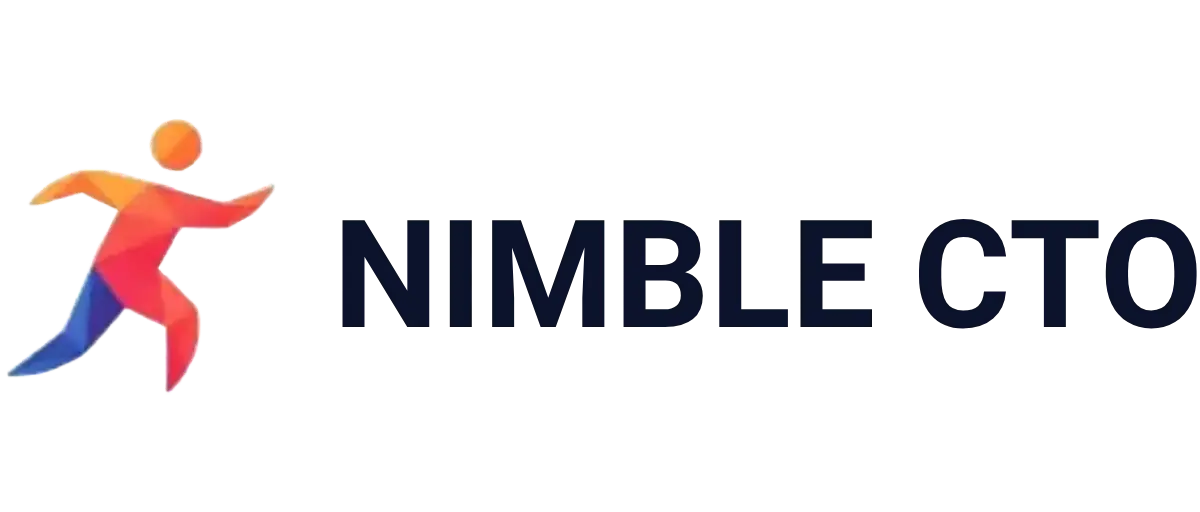Minimum Viable Products: An Introduction for Product Managers

Imagine a restaurant testing a new dish before adding it to the menu. Instead of investing in bulk ingredients, redesigning the menu, and training staff on a complex recipe, the chef first introduces it as a limited-time special. By gathering customer feedback and monitoring sales, the restaurant determines whether to make the dish a permanent offering. This approach mirrors the minimum viable product (MVP) strategy—creating the simplest version of a product to test assumptions and refine based on real customer insights.
Why the MVP Approach Was Born
Traditional product development often required extensive planning, long development cycles, and fully featured products before launch. However, this approach had significant risks:
- The product might not address a real customer need.
- Critical features could be missing.
- Unnecessary features could inflate costs and complexity.
The concept of an MVP emerged as a response to these inefficiencies. Instead of fully developing a product before market validation, companies began testing ideas with minimal investment. This approach gained traction in the startup world, where resources were scarce, and quick validation was essential.
Example: Before Airbnb became a global platform, its founders tested the idea by renting out their own apartment and manually handling bookings. This early test validated demand before they built a full-fledged platform.
Defining an MVP
An MVP is the simplest version of a product that allows a company to learn about customer needs with the least effort.
- Minimal effort to build – The goal is efficiency, not cutting corners. An MVP should be lean, yet valuable enough to test core assumptions.
- Maximum learning about customer needs – An MVP is a tool for discovery. It should be preceded by a hypothesis, designed to gather insights, and iterated based on feedback.
MVPs can take various forms:
- Software MVPs often lack full backend infrastructure, focusing on core functionality.
- Physical product MVPs may be handmade or produced with non-production materials.
- Service MVPs might involve manual execution of tasks later intended for automation.
Example: Zappos, before becoming a billion-dollar company, tested demand for online shoe sales by listing photos of shoes from local stores. When a customer placed an order, the founder personally bought the shoes and shipped them. This approach validated the online shoe market before investing in inventory and logistics.
How MVPs Fit Into Product Development
MVPs help companies answer key questions:
- Does the concept have market potential?
- What should be built next?
- Should a feature be fully automated or manually tested first?
However, building an MVP should not be confused with full product development. It is a learning tool within a broader innovation and go-to-market process.
Example: Before launching a job-posting automation feature, a recruiting platform could first introduce a “Share on Social Media” button that generates a copy-paste link. Tracking user interactions determines if full automation is worth the investment.
Using MVPs for Concept Testing
MVPs are often used in the early design phase for concept validation.
- How It Works:
- A company builds a prototype and gathers feedback from real users.
- This can be done publicly or with a select test group.
- Interest and usage data inform product decisions.
- When to Use It:
- When determining whether a new product or feature is worth building.
- Example:
- A startup considering a curated news service might first launch a landing page explaining the concept, asking users to sign up for updates.
- If there’s enough interest, the next step might be a manually curated newsletter before investing in automation.
Using MVPs for Product Enhancements
MVPs aren’t just for new products—they can refine existing offerings.
- How It Works:
- Instead of launching fully developed features, companies introduce small-scale versions to gauge demand.
- When to Use It:
- When testing potential improvements to an existing product.
- Example:
- A fitness app considering AI-powered meal planning might start with human-curated meal suggestions based on user input.
- If engagement is high, they can invest in AI automation.
Common Misconceptions About MVPs
- An MVP is not a half-finished product. It is a strategic test designed for learning.
- It does not have to be a functional product. A landing page, demo video, or concierge service can serve as an MVP.
- An MVP is not a guaranteed path to success. It helps reduce risk by validating ideas before full development.
Final Thoughts
MVPs help product teams maximize learning while minimizing risk. However, their success depends on collaboration across product, marketing, and sales teams. When executed well, MVPs provide valuable insights, reduce wasted effort, and increase the chances of building products customers truly want.


No responses yet